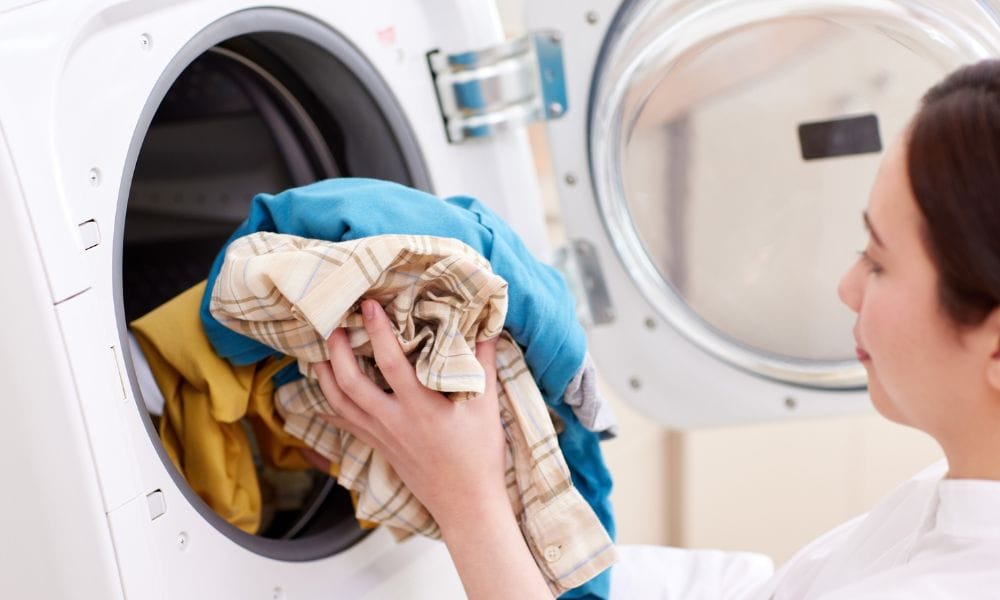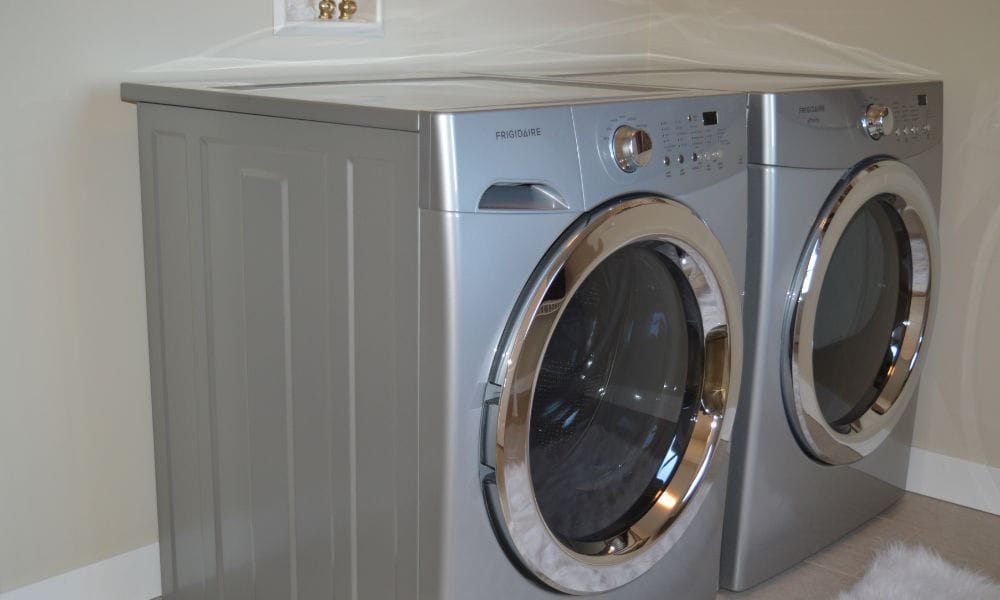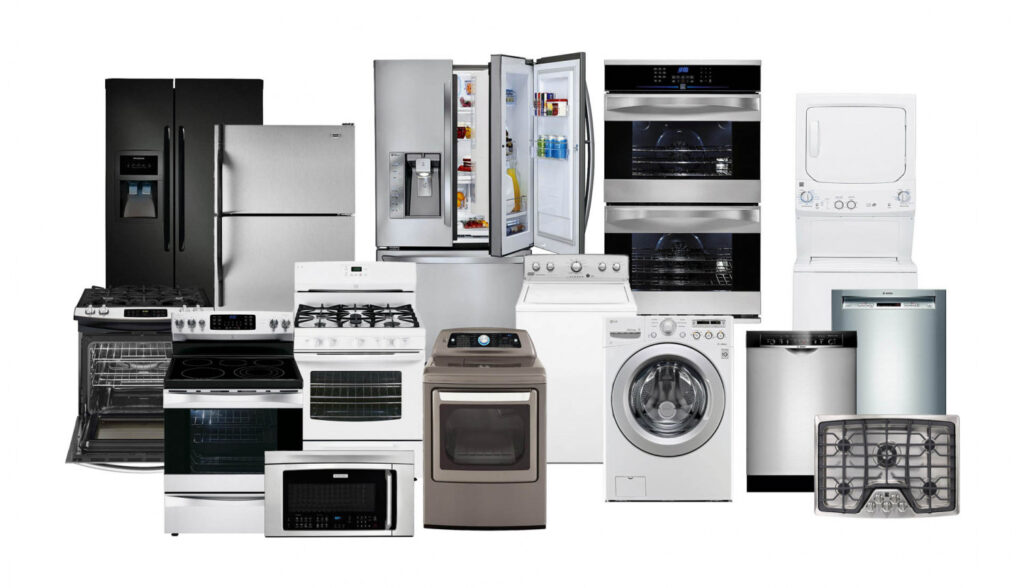
Dryer Noise Issues: Complete Guide to Quieting Your Appliance in 2025
Homeowners in 2025 expect their appliances to operate quietly and efficiently. Once your dryer begins to make strange noises, it becomes an annoyance and can be a sign of more serious mechanical issues. Whether it’s banging, screeching, or thudding, it’s more than just a nuisance it’s a warning sign. This guide dissects what makes these noises, how to repair them, and how to keep your dryer whisper-quiet in the long term.
1. Causing Noise in Dryer
No dryer can be completely silent, but when one suddenly starts to make unusual sounds or loud noises, it really is a red flag. Most dryer noise issues arise from worn-out parts, an unbalanced load, or often, skipped maintenance. These noises can lead to energy waste, poor drying performance, and costly repairs if ignored.
2. Types of Dryer Noises & What They Mean
Each sound tells a story:
Thumping: Typically due to an uneven or heavy load, or old drum rollers.
Squealing or Screeching: Often associated with a faulty belt or motor bearings.
Grinding: May be a sign of metal-on-metal friction caused by old glides or bearings.
Banging or Rattling: Loose coins, zippers, or internal components.
Buzzing or Humming: May be a sign of electrical problems such as a bad start switch.
Knowing the sound type is the key to fixing your dryer noise problem.
3. Most Common Dryer Noise Issues
These are the most common offenders:
Worn Drum Support Rollers
They bear the drum as it rotates. Worn, they produce a loud, rumbling noise.
Faulty Drive Belt
A cracked or worn belt squeaks or pounds.
Loose Idler Pulley
It keeps tension in the belt. A defective pulley squeals or grinds.
Blower Wheel Obstructions
Foreign materials or lint can rattle within the wheel.
Loose Drum Baffles
These assist in throwing clothes within the drum. When loose, they make banging noises.
4. Step by Step Troubleshooting Dryer Noise Issues
If you are willing to take a bit of DIY, here’s how to identify the problem:
Unplug your dryer. Safety first!
Manually turn the drum round. Check for scraping or grinding.
Check for foreign bodies. Check within and below the drum.
Check the belt. Check for cracks or looseness.
Check the rollers and pulleys. Do they turn freely?
If you don’t know, it’s best to call a pro than take the chance of causing additional damage.

5. DIY Repairs vs. Professional Assistance
You can tighten baffles, replace belts, or clear debris yourself. But when repairing motors or replacing electrical parts, call in the experts.
Keep in mind: addressing Dryer Noise Issues early will save you hundreds on future repairs.
6. How to Avoid Dryer Noise Issues
Here are some easy tips:
Don’t over load the dryer.
Clean the lint filter after each load.
Check the drum every month for loose components.
Have a professional checkup annually.
Don’t brush off odd noises repair them quickly.
Preventive maintenance is your best protection against repeated Dryer Noise Issues.
7. Smart Dryers & Noise Reduction in 2025
Smart dryers in 2025 include features to prevent typical noises:
Noise sensors: Notify you of unusual noises through your phone.
Self-diagnosis tools: Identify worn components before they fail.
Smart insulation: Maintains operation quiet and smooth.
It can appear expensive to upgrade to a smart dryer, but it saves time, stress, and repairs in the long term.

8. Real Story: Dryer Noise Repair Solutions in Victoria
A Victoria homeowner recently faced loud banging from their dryer. Turns out, it was a worn roller and cracked belt. With a same day service, the issue was fixed affordably. Since then, they’ve had no dryer noise issues and follow a monthly check up routine.For more professional appliance placement tips, visit Whirlpool’s official guide on kitchen appliance layout to plan your space smartly.
9. When to Replace Your Dryer
Sometimes, fixing your dryer isn’t worth it. Consider replacing it if:
It’s over 10–12 years old.
Repairs are frequent and expensive.
Noise remains even after maintenance.
New dryers provide improved efficiency and quietness.
10. Final Thoughts
Dryer noise problems aren’t just frustrating they’re warning signs. Whether it’s a squeak, rumble, or thud, invest the time to investigate and repair it. Being proactive extends the life of your dryer and keeps laundry day free of stress.Discover expert-approved appliance placement tips to boost safety and efficiency in your home setup.
If you notice something unusual, don’t ignore it face Dryer Noise Issues head-on with smart repair or professional assistance.
Q1: What are the most frequent Dryer Noise Issues homeowners deal with in 2025?
A1: The most frequent dryer noise problems in 2025 are squealing due to a worn belt, thumping from an unbalanced load, and grinding because of worn out drum rollers or bearings. Most of these issues can be avoided through regular maintenance before they become more serious.
Q2: Is it okay to continue using my dryer if it is making unusual noises?
A2: No, not recommended. Dryer Noise Issues should not be ignored as this may result in further damage or even fire. Unusual noises usually indicate failing parts which should be inspected or repaired.
Q3: Should I repair dryer noise problems myself?
A3: Yes, certain minor Dryer Noise Issues such as clearing stuck coins or tightening loose drum baffles can be repaired yourself. But for internal components such as the motor or bearings, it is better to hire a professional repairman.
Q4: How do I know if my dryer noise problem is serious?
A4: If the sound is persistent, loud, and has an accompanying burning odor or poor drying quality, it’s probably a severe dryer noise problem. Inspect the dryer right away to avoid further damage.
Q5: How often should I maintain my dryer to prevent noise issues?
A5: To prevent dryer noise problems, have professional servicing done at least yearly. Between service intervals, keep the lint filter clean, do not overload, and listen for odd noises after every load.



